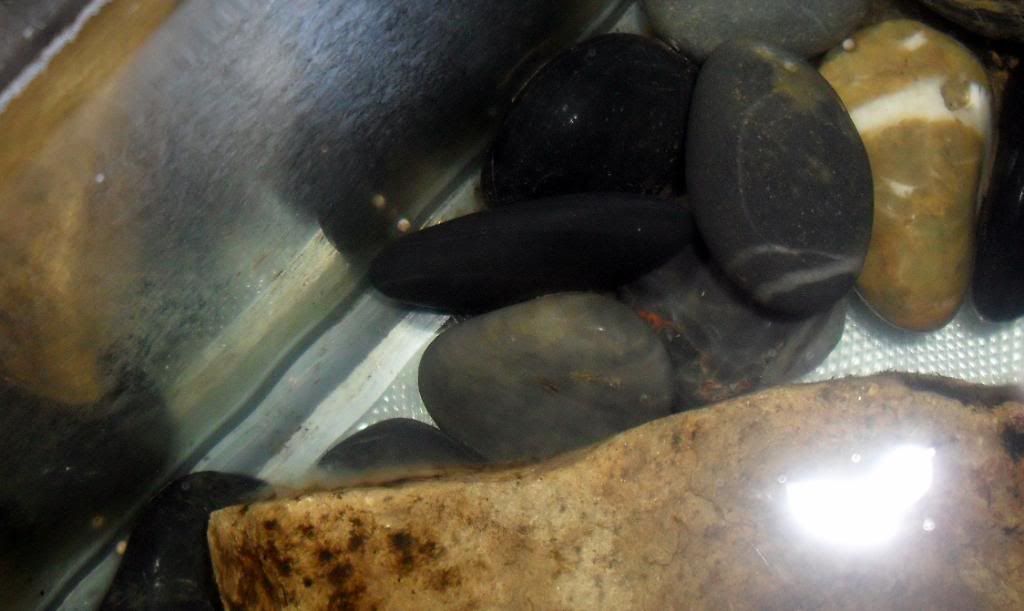SludgeMunkey
New member
- Joined
- Nov 11, 2008
- Messages
- 2,299
- Reaction score
- 79
- Points
- 0
- Location
- Bellevue, Nebraska
- Country
- United States
- Display Name
- Johnny O. Farnen
So, thirty hours after opening the box all four animals have entered the aquatic part of their enclosure. When I returned home from work this afternoon, one of the males is tail fanning! The female with the enlarge cloaca has been hanging out very close watching him. No sight of a spermatophore as i write this, but the lighting is very dim and I do not want to disturb them.
Upon arrival both males and one of the females showed engorged cloaca, making sexing them easy. I was a little shocked to see fanning behavior this soon.
My question is this: Is this relatively normal? The fanning starting this soon after entering the water seems odd to me. Is this just a behavior this species does often similar to the "constant amplexus" of B. orientalis?
Here is a short video with additional information I made as I am still a bit disbelieving of what my eyes are seeing.
(video to follow as Youtube uploading is slow as ever)
Upon arrival both males and one of the females showed engorged cloaca, making sexing them easy. I was a little shocked to see fanning behavior this soon.
My question is this: Is this relatively normal? The fanning starting this soon after entering the water seems odd to me. Is this just a behavior this species does often similar to the "constant amplexus" of B. orientalis?
Here is a short video with additional information I made as I am still a bit disbelieving of what my eyes are seeing.
(video to follow as Youtube uploading is slow as ever)

